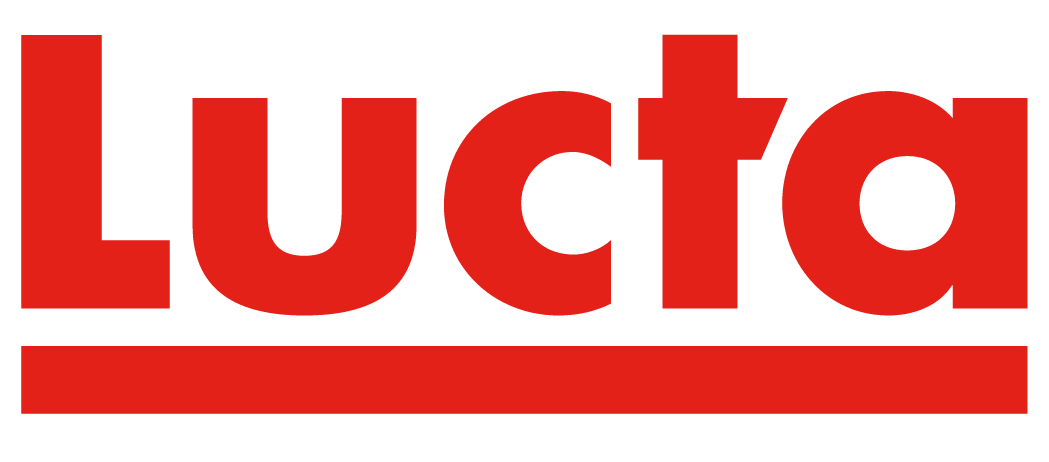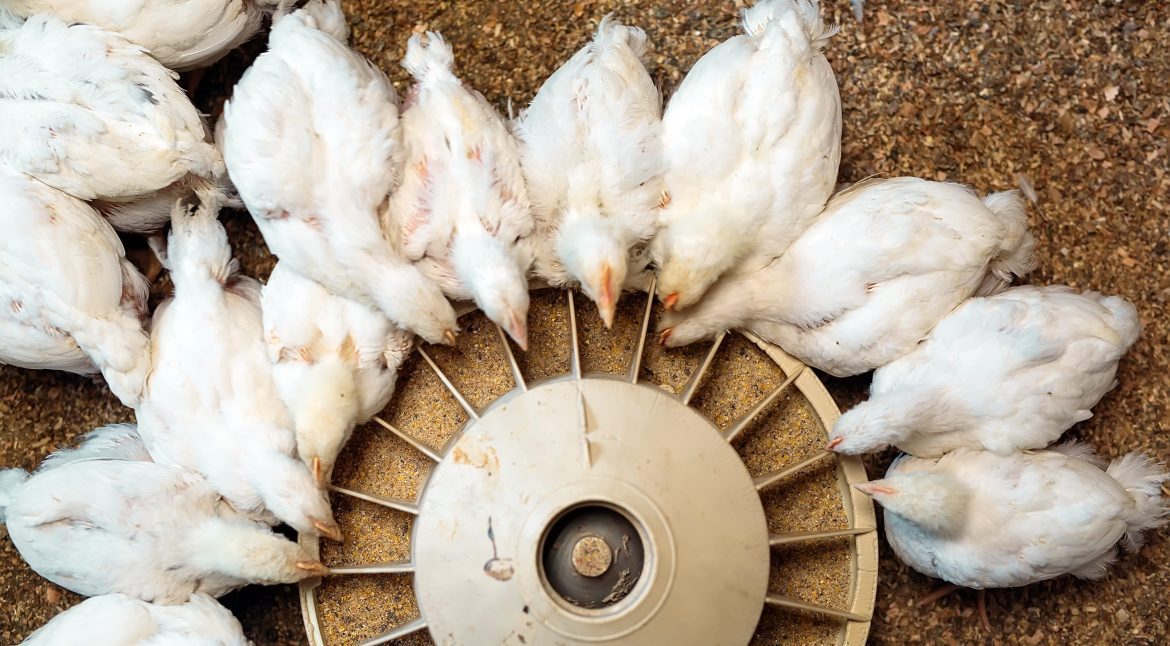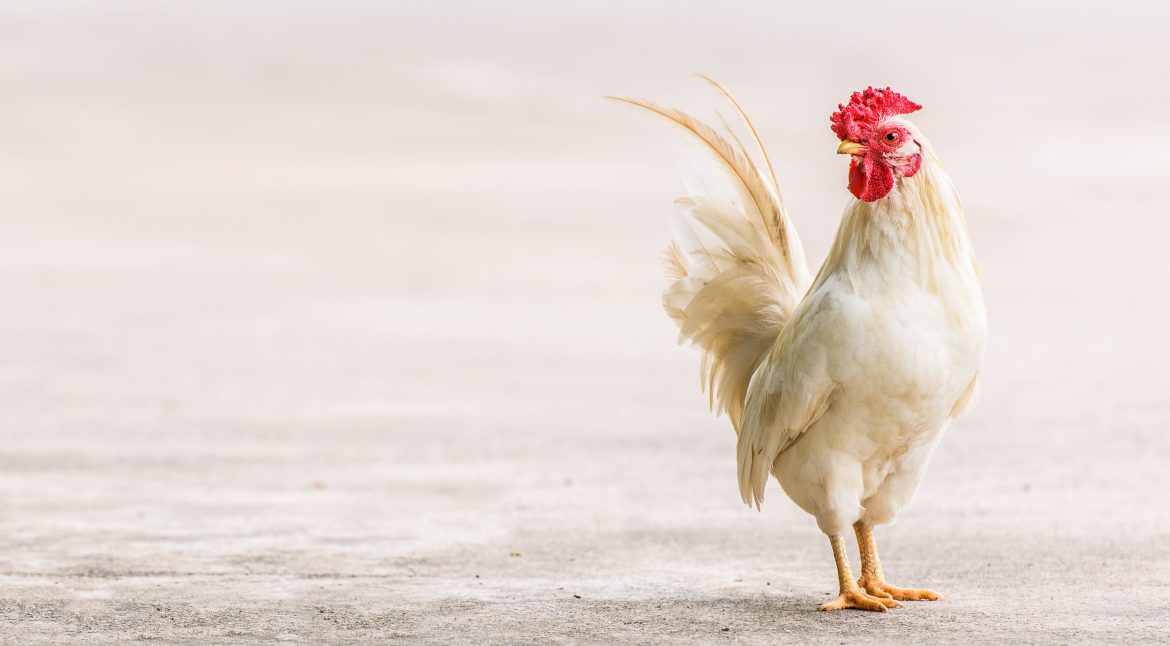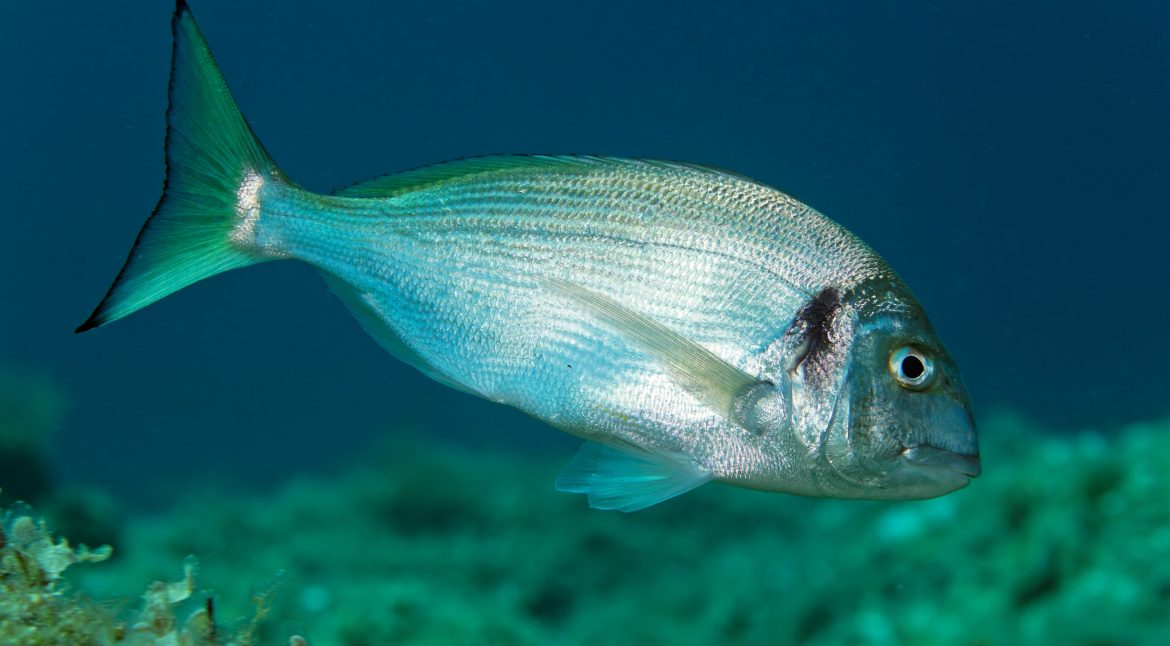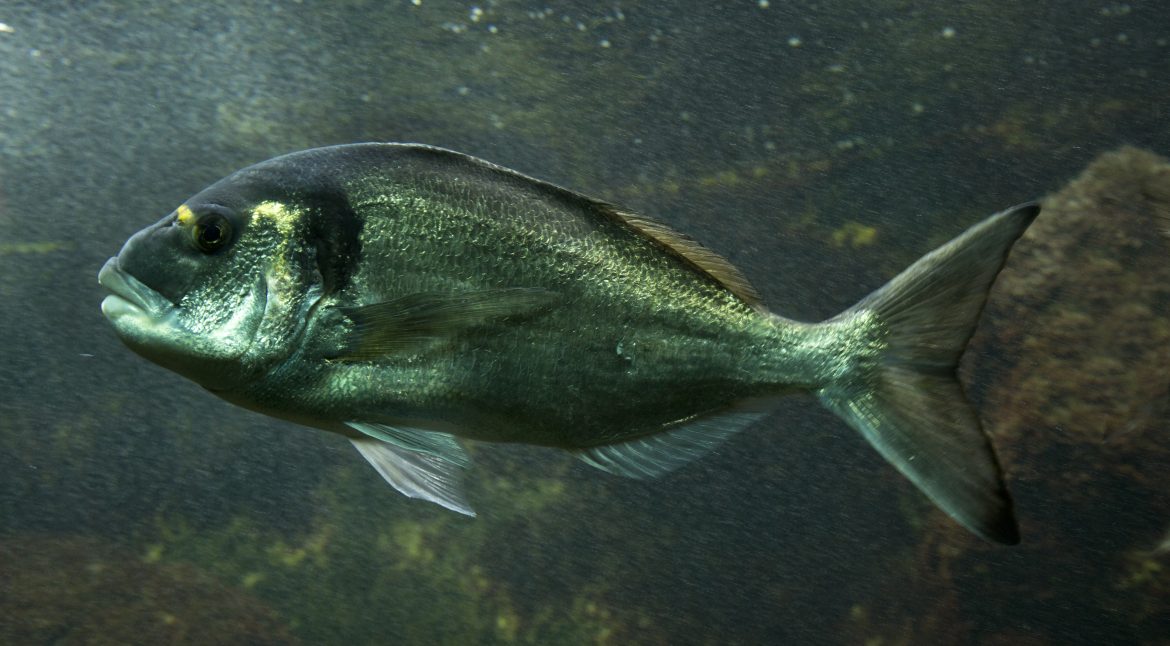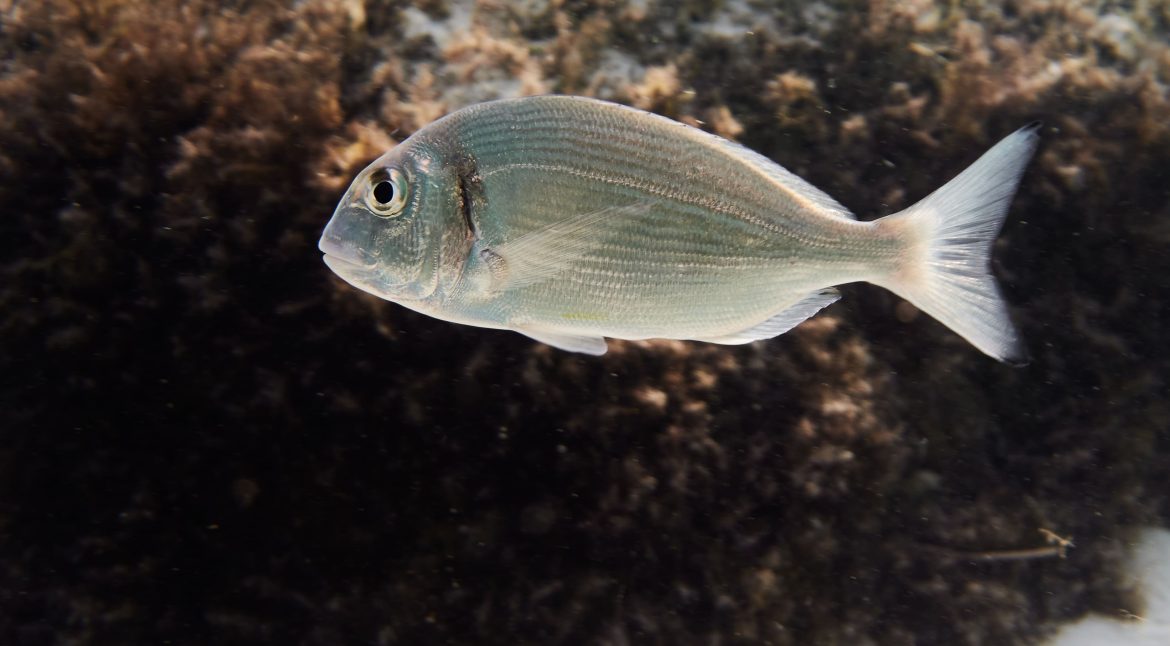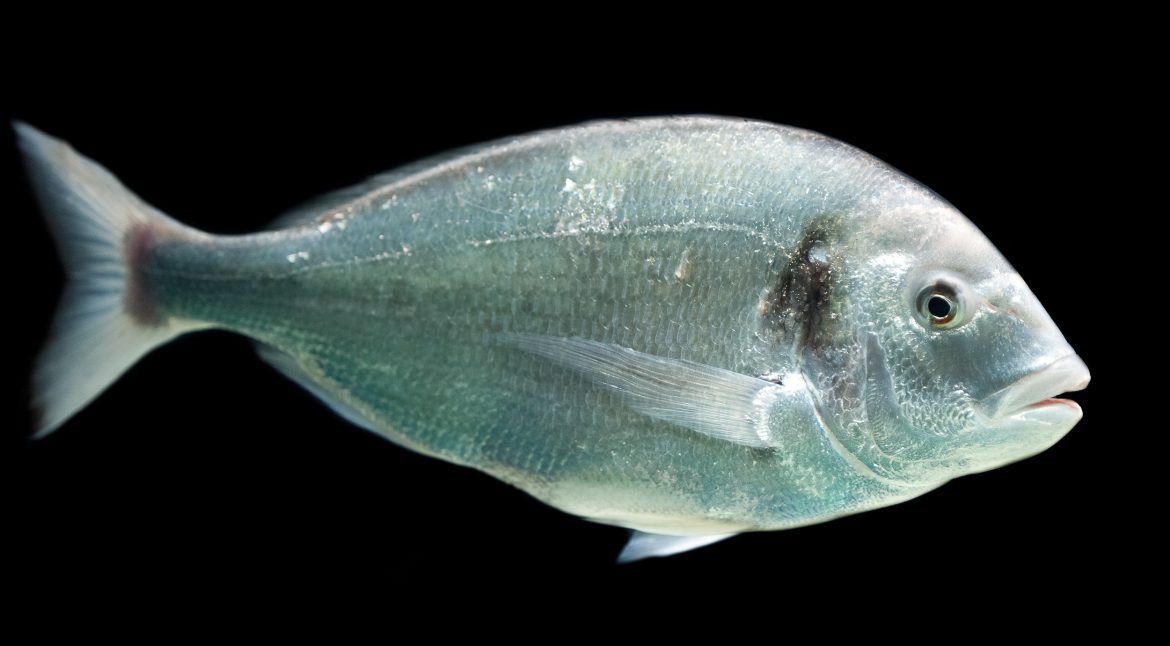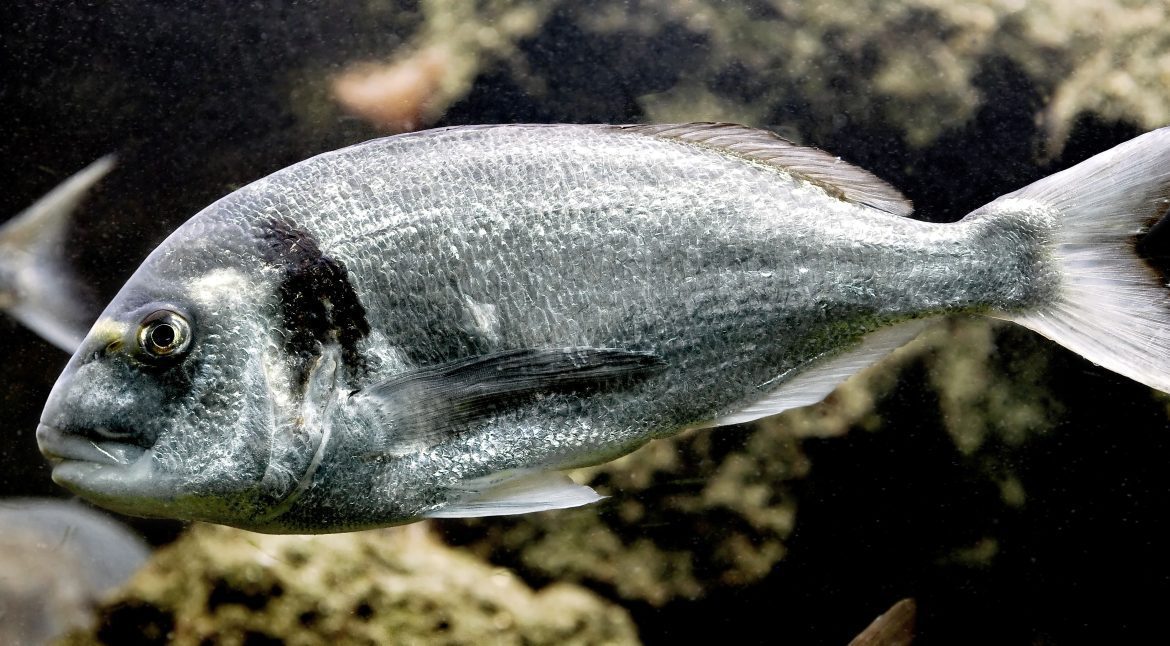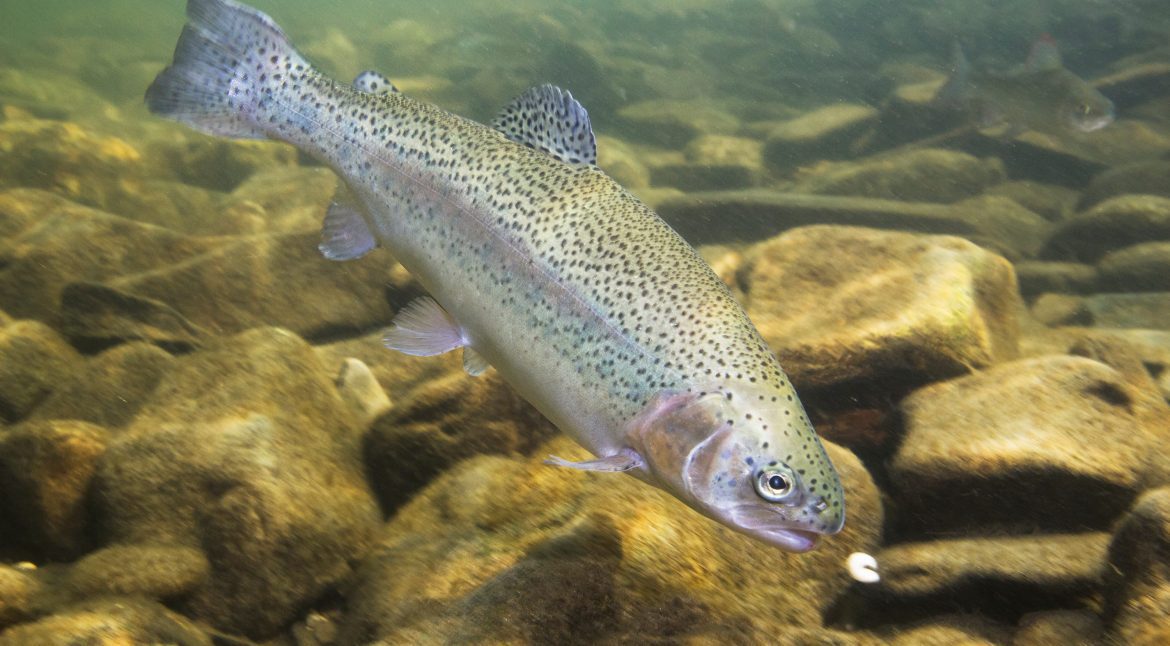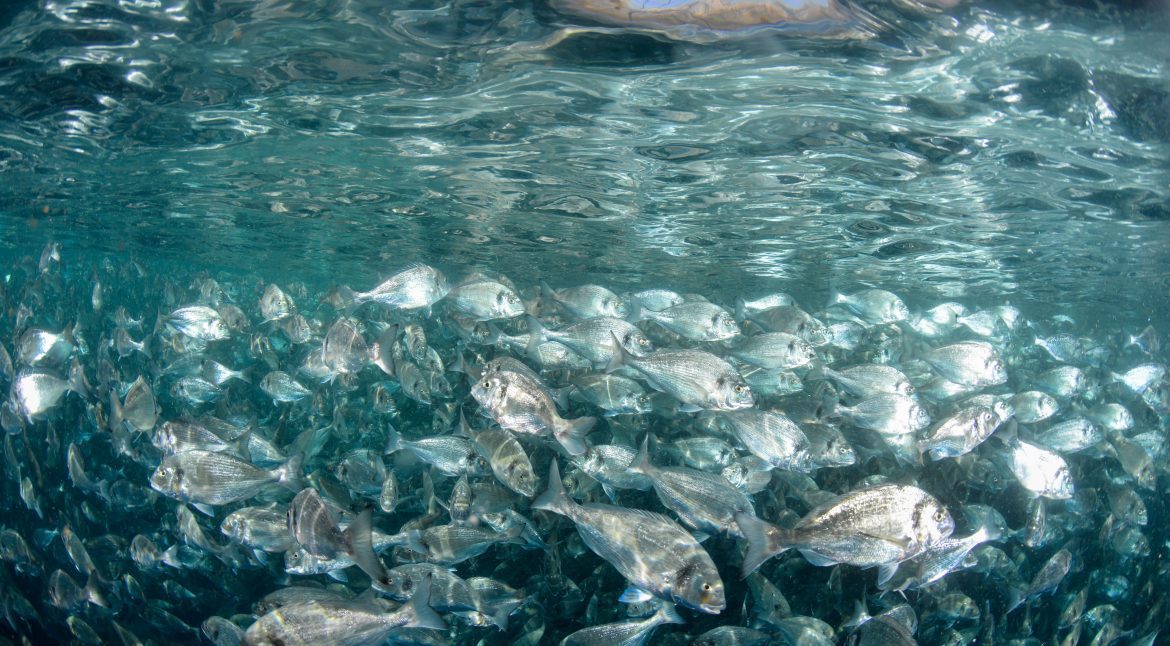Previous studies have shown that the phytogenic additive based on capsaicin LUCTAROM® Convert (LOM) improves broiler chicken performance. Recent studies show that in addition to antimicrobial, antioxidant and anti-inflammatory effects, phytogenic additives can also improve animal performance by enhancing digestive enzyme secretions. The aim of the present study was to…
Selection for accelerated growth rate and high breast yield in broiler chickens has been associated with carcass quality problems. By-products from olive oil mill processing are rich in bioactive substances, including polyphenols and triterpenes, with anti-inflammatory and antioxidant properties. Previous studies using a standardized olive pomace extract in broiler diets…
In this study, we investigated the transcriptional spatio-temporal dynamics of the taste 1 receptor (T1R) gene family repertoire in seabream (Sparus aurata [sa]), during larval ontogeny and in adult tissues. In early larval development, saT1R expression arises heterochronously, i.e. the extraoral taste-related perception in the gastrointestinal tract (GIT) anticipates first…
Fish oil (FO), as a source of n-3 long-chain polyunsaturated fatty acids (LC-PUFA), is probably one of the most valuable ingredients in fish feeds. However, rising costs, decreasing availability and scarcity of alternative “Omega-3” sources meeting price and volume demands, compels its judicious use by the aquafeed industry. Past research…
Optimal feed intake is crucial for performance, efficiency and profitability. Palatability of feed, associated to its chemical and sensory properties, is central in determining acceptability by fish. Still, some species are more tolerant than others. Gilthead seabream, for instance, adapts fairly well to changes in diet formulation. However, a feed…
In this study we used a self-feeding system to investigate feed choice based on organoleptic cues in gilthead seabream. Two consecutive experiments were done with the same group of fish in summer (Exp-1: average body weight = 38g; average water temperature = 25.2ºC) and autumn (Exp-2: 100g; 17.3ºC) using a…
In higher vertebrates, the inclusion of single or mixed spices such as capsaicin, black pepper, ginger in the diet has been proved to induce thermogenesis, fat oxidation and regulate feed intake, associated to the modulation of fat digestion and absorption through higher bile acid secretion. In addition, gut microbiota may…
The use of body adiposity modulators, such as bile salts, as feed additives could be a good nutritional strategy to avoid adiposity disorders in fish, which may be attributed to their beneficial role in promoting lipid metabolism and enhancing fat digestibility. Furthermore, bile salts have a key role in the…
The regulation of feed intake in fish is dependent upon different neuroendocrine and metabolic mechanisms including amino acid sensing occurring in the gastrointestinal tract. In previous studies, we demonstrated the impact of specific amino acids alone on such mechanisms and their impact on feeding regulation. However, there is no information…
Self-feeding systems have been extensively used to study animal behaviour and food preferences in vertebrates. In this study, we used a dual-choice self-feeding system to explore feeding behaviour and dietary discrimination based on organoleptic cues. Experimental tanks were provided with 2 self-feeders activated by string sensors and connected to a…
